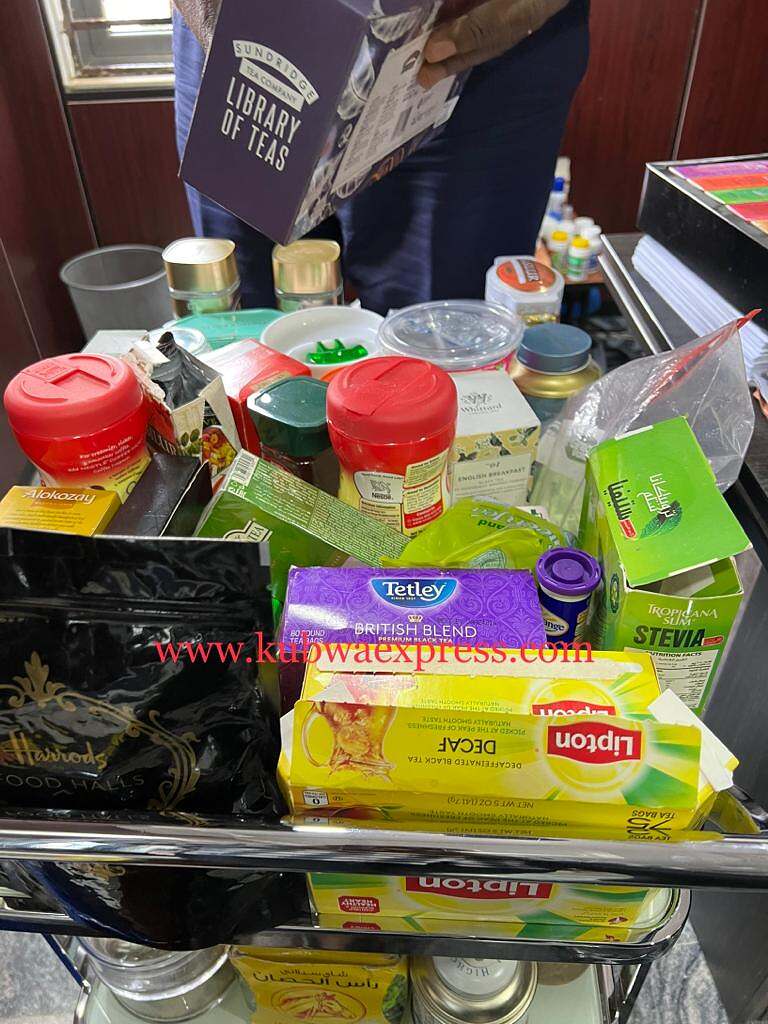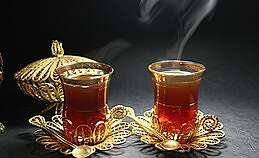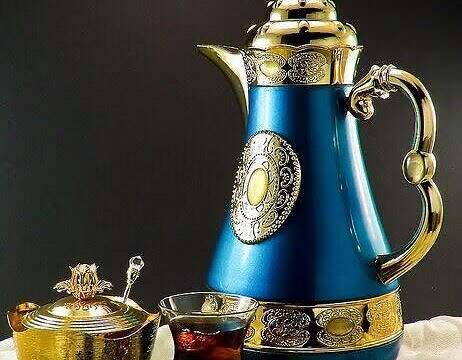Arabian tea, is now a popular beverage in most Gardens and lounges in Kubwa. They are the top choice of those who want to drink healthy and abstain from alcohol but still be within alcoholic environment.
Some also order for double double (euphemism for Arabian tea spiced with aphrodisiac.)
But how healthy are these Arabian tea sold in Kubwa gardens? What are the leaves boiled to make this Arabian tea?

We took to tea testing and discovered that, most of what they serve, are moringa leaves, lemon grass and other leaves that do not qualify in the classification of tea.
When next you order for Arabian tea, ask them, what leaves did they boil in water.
What is tea? What is Arabian tea?
According to legend, tea has been known in China since about 2700 BCE. For millennia it was a medicinal beverage obtained by boiling fresh leaves in water, but around the 3rd century CE it became a daily drink, and tea cultivation and processing began. The first published account of methods of planting, processing, and drinking came in 350 CE.
In 1824 tea plants were discovered in the hills along the frontier between Burma and the Indian state of Assam. The British introduced tea culture into India in 1836 and into Ceylon (Sri Lanka) in 1867. At first they used seeds from China, but later seeds from the Assam plant were used.
The Dutch East India Company carried the first consignment of China tea to Europe in 1610. By the late 19th and early 20th centuries, tea growing had spread to Russian Georgia, Sumatra, and Iran and extended to non-Asian countries such as Natal, Malawi, Uganda, Kenya, Congo, Tanzania, and Mozambique in Africa, to Argentina, Brazil, and Peru in South America, and to Queensland in Australia.
Teas are classified according to region of origin, as in China, Ceylon, Japanese, Indonesian, and African tea, or by smaller district, Arabian; hence tea consumed and prepared in unique Arabian style, is called Arabian tea.
The most important classification is by the manufacturing process, resulting in the three categories of fermented (black), unfermented (green), and semifermented (oolong or pouchong).
Green tea is usually produced from the China plant and is grown mostly in Japan, China, and to some extent Malaysia and Indonesia. The infused leaf is green, and the liquor is mild, pale green or lemon-yellow, and slightly bitter.
Black tea, by far the most common type produced, is best made from Assam or hybrid plants. The infused leaf is bright red or copper coloured, and the liquor is bright red and slightly astringent but not bitter, bearing the characteristic aroma of tea.
Oolong and pouchong teas are produced mostly in southern China and Taiwan from a special variety of the China plant. The liquor is pale or yellow in colour, as in green tea, and has a unique malty, or smoky, flavour.
 Common 10 types of tea and their health benefits;
Common 10 types of tea and their health benefits;
Green Tea
Treat bloating,
allergies acne, and
promote weight loss.
Peppermint Tea
Remedy for bloating,
nausea, PMS, bad breath
Chamomile Tea
Beneficial for sleep,
headache, anxiety,
bloating.
Hibiscus Tea
Best for high blood
pressure,
respiratory diseases
Oolong Tea
Promotes weight loss
and boosts metabolism
Chai Tea
Enhance the immune
system, fight
inflammation and cold.
Black Tea
Treat anxiety,
Weight loss,
Headache
 Matcha Tea
Matcha Tea
Burn belly fat,
immunity booster,
detoxifier
Ginger Tea
Reduces bloating,
Cold,
Upset stomach.
White Tea
Beneficial for stress,
weight loss,
detoxification.
With additional materials from Lost In Abuja Magazine and Encyclopedia Britannica




